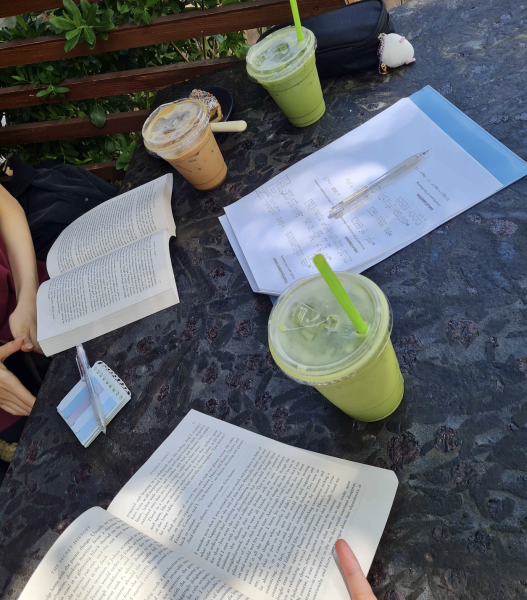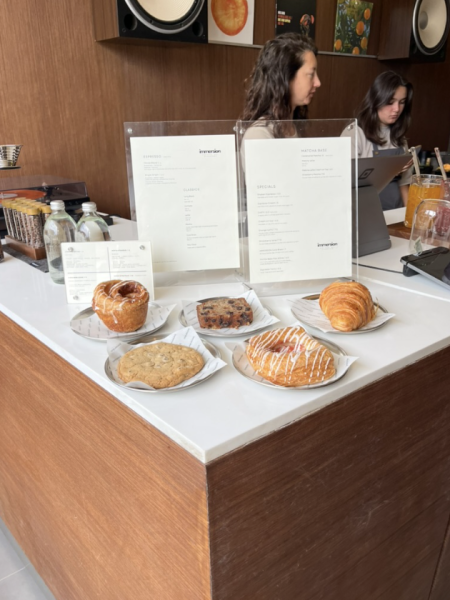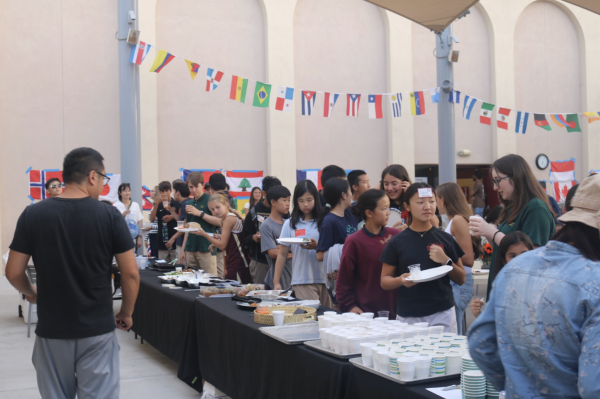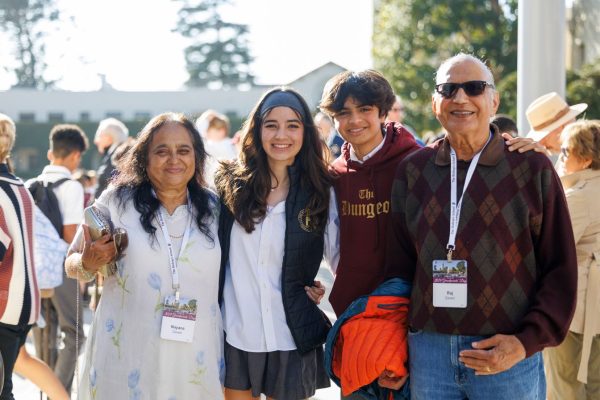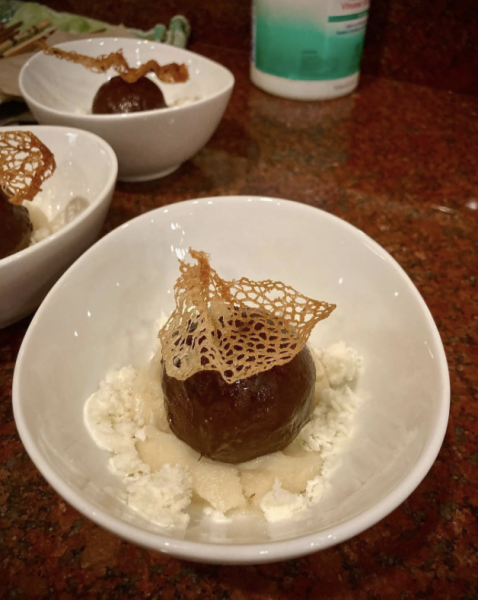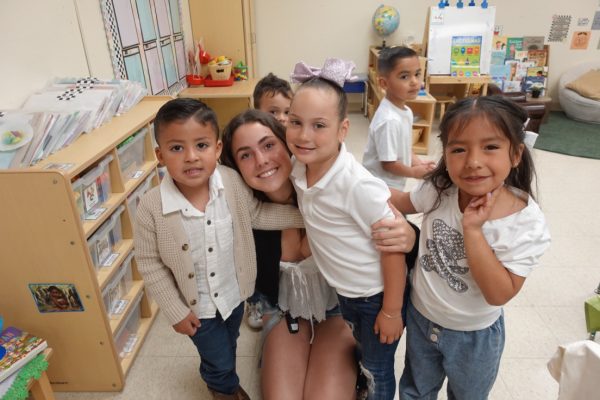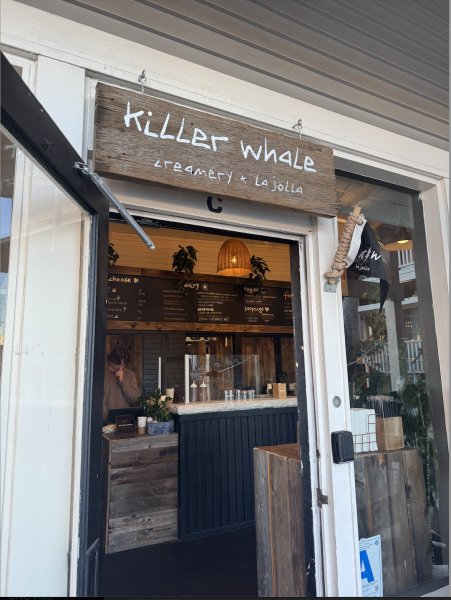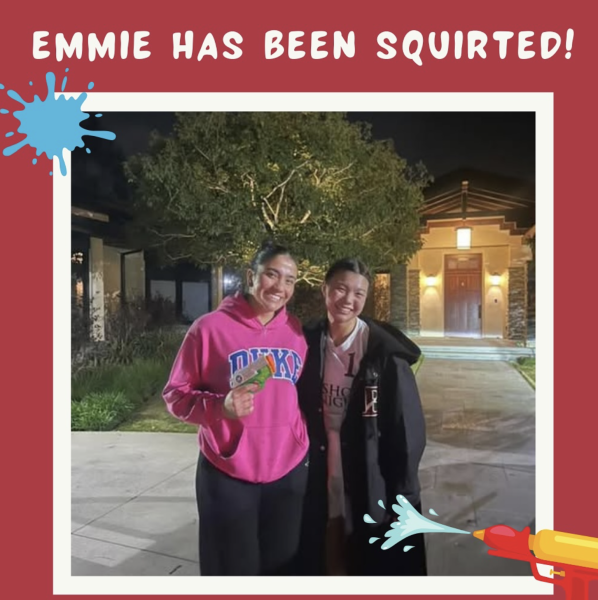Strong Bonds Between Nobel Prizes and Karl Barry Sharpless
81-year-old Dr. Karl Barry Sharpless wins his second Nobel Prize in Chemistry.
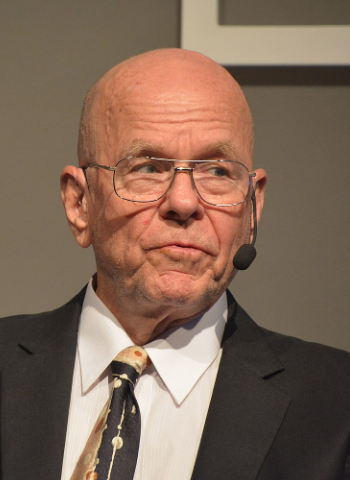
Dr. Karl Barry Sharpless received his second Nobel Prize for Chemistry on October 5th, 2022.
Winning a Nobel Prize is no mean feat, but winning two is exceptional: only five people, including Dr. Karl Barry Sharpless, have achieved this distinction. At the age of 81, no less, Dr. Sharpless has worked at La Jolla Scripps Research Institute for three decades; he recently won the Nobel Prize in Chemistry for his latest work involving the process of creating molecules, making it his thirteenth award for Chemistry. Honors Chemistry, teacher Dr. Anthony Pelletier (Doc) said that Dr. Sharpless won the Nobel Prize by making it possible to “take things you built and at the bottom line, snap them together.” The bottom line is that Dr. Sharpless made it easy to snap molecules together.
Even though Doc didn’t work directly with Dr. Sharpless at The Scripps Research Institute, they were at the same Insituterom from the mid-1990s until 2001. Although Dr. Pelletier had a professor-to-professor relationship with Dr. Karl Barry Sharpless and their interactions were limited, Doc described him as a “nice person, friendly, and a great guy, and he is just dogged in pursuing the solution to problems.” As the first impression of Dr. Sharpless, Doc said that he “was in a bit of awe, and realized how down-to-earth he seemed.”
Nobel Prizes are awarded in the fields of Physics, Chemistry, Physiology, Medicine, Literature, and Peace. These recognitions are “prizes to those who, during the preceding year, have conferred the greatest benefit to humankind,” said Alfred Nobel, the Swedish Chemist who created the prize in 1901. Physics and Advanced Physics Honors Teacher Mr. Marcus Milling said Alfred Nobel “became wealthy due to creating the formula for creating TnT” and “TnT was used during the war and he felt very bad that it was used as a weapon to counteract the effects of that, so he decided to use his wealth to invent the Nobel Prize.”
Mr. Milling commented that Dr. Sharpless researched, “medicine and the development of drugs, and how to make a specific medicine correctly.” Dr. Sharpless’s research proved complicated and tricky as Mr. Milling explained that Dr. Sharpless had to “make sure he made this kind of molecule and not that kind of molecule because he can have molecules that are reflections of themselves”.
In 2001, Dr. Sharpless won his first Nobel Prize by creating “chirally catalyzed oxidation” which is a form of chemical reaction used to produce drugs. Dr. Sharpless’s research is very important today because the health industry still uses his results in numerous pharmaceutical products such as anti-inflammatory drugs, antibiotics, and heart medicines. He won the award for developing “methods for using catalysts with such properties during oxidation reactions—reactions in which electrons are emitted,” according to the Nobel Prize Committee.
Dr. Sharpless won the 2022 Nobel Prize for developing the phrase “click chemistry.” The term “click chemistry,” is defined by the chair of the chemistry committee, Johan Aqvist, as “snapping molecules together.” He continued, “Imagine that you could attach small chemical buckles to different types of building blocks. Then you could link these buckles together and produce molecules of greater complexity and variation.” In simpler terms, he and his colleague created a “swift, Lego-like method for building molecules”, which ended up “revolutionizing the development of pharmaceutical drugs,” said Gary Robbins, a journalist for the San Diego Union-Tribune.
A three-dimensional molecule with three carbons, three oxygens, and five hydrogens is called a left-and-right-handed molecule. If you place your left hand on the 3D molecule, it will feel weird but if you place your right hand on the same 3D molecule, it will fit perfectly, and vice versa. Before Dr. Sharpless came along in 2001, there was a 50% chance of getting the correct-handed molecule you need and a 50% chance of getting the wrong one that has the possibility of being toxic. Dr. Pelletier said, “Barry came along and created a way using methods of his design where anyone could make a right or left-hand molecule,” guaranteeing a 100% correct result. He says that Dr. Sharpless “took what was more of a laborious process and made it simpler to join any two pieces you would want together.” In the end, Dr. Sharpless “designed and built molecules with the accurate handedness so they can fit properly in the proteins they were targeted to,” said Doc.
The foundation for “Click Chemistry” is a copper-catalyzed reaction between Azide and Alkyne. Azide and Alkyne don’t mix so Dr. Sharpless and his colleague added copper so that Azide and Alkyne could mix. The reaction between copper, Azide, and Alkyne led “primarily to a stable product known as a triazole” wrote Yasemin Saplakoglu (‘12) a staff writer for Quanta Magazine a scientific publication (not to be confused with Bishop’s own Quanta). Now scientists can use this copper-catalyzed reaction that Dr. Sharpless found to “link them[molecules]precisely into much larger molecules with specific structures,” wrote Yasemin Splakoglu.
Dr. Sharpless was born on April 28, 1941, in Philadelphia, Pennsylvania. In a short biographical in the Nobel Prize website, it described an early love for fishing that he had that continues to this day. Upon graduating high school in 1959, he attended Dartmouth College. After graduating, he decided to pursue a Ph.D. in organic chemistry at Stanford University and on his birthday in 1965, at the Palo Alto courthouse, Dr. Sharpless married Jan Dueser. Following a twenty-year professorship at the Massachusetts Institute of Technology (MIT) in 1970, he joined La Jolla Scripps Research Institute where he currently works.
From a young age, Dr. Sharpless developed a passion for Chemistry, and that passion has turned into two Nobel Prizes.
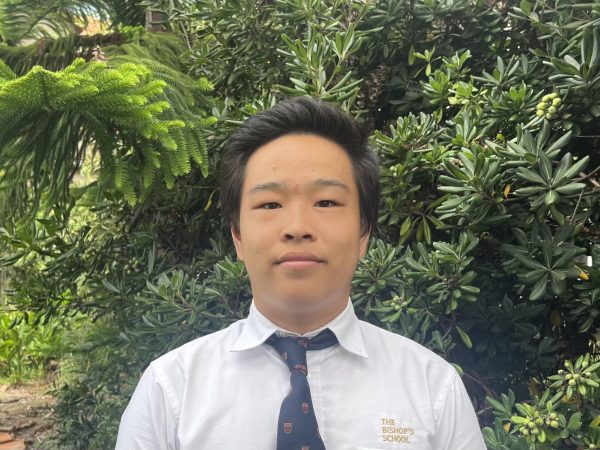
David Lai, the only returning staff writer, is a junior who loves playing soccer. No matter if he sleeps one hour or 10 hours, he always has a full tank...


